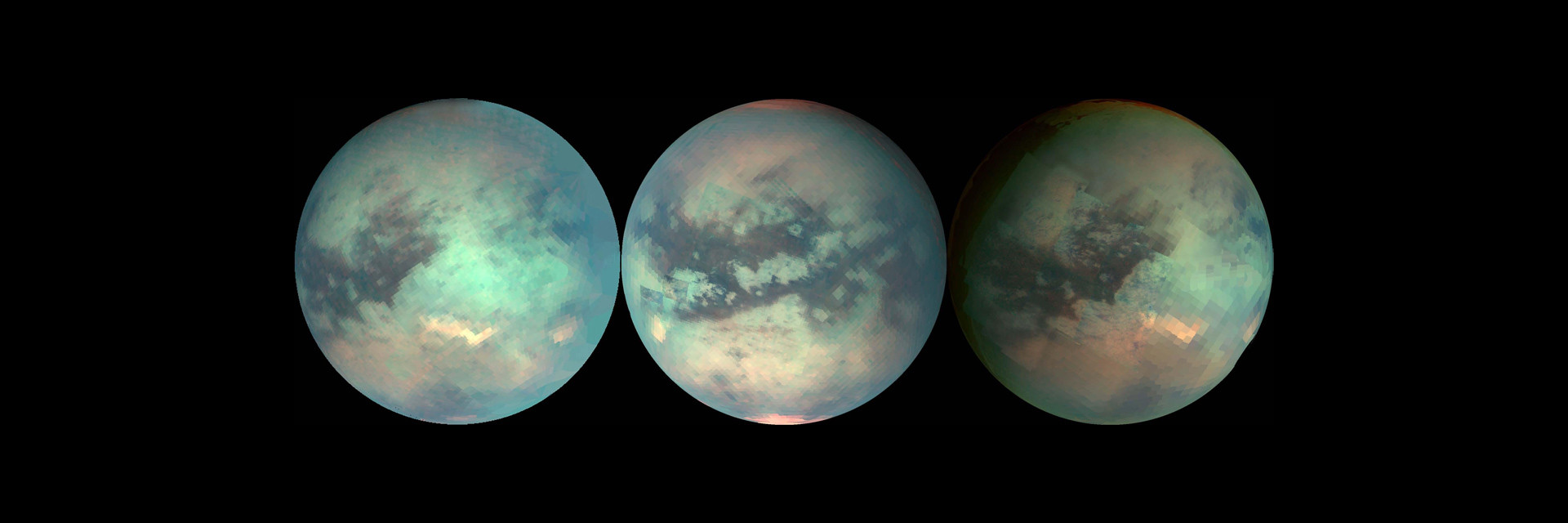Physicists from the Institute for Solid State Physics at the University of Tokyo have generated the strongest controllable magnetic field ever produced. The field was sustained for longer than any previous field of a similar strength. This research could lead to powerful investigative tools for material scientists and may have applications in fusion power generation.

The megagauss generator. Image: Shojiro Takeyama.
“Decades of work, dozens of iterations and a long line of researchers who came before me all contributed towards our achievement,” said Professor Takeyama
“I felt humbled when I was personally congratulated by directors of magnetic field research institutions around the world.”
But what is so interesting about this particular magnetic field?
At 1,200 teslas – not the brand of electric cars, but the unit of magnetic field strength – the generated field dwarfs almost any artificial magnetic field ever recorded; however, it’s not the strongest overall. In 2001, physicists in Russia produced a field of 2,800 teslas, but their explosive method literally blew up their equipment and the uncontrollable field could not be tamed. Lasers can also create powerful magnetic fields, but in experiments they only last a matter of nanoseconds.
The magnetic field created by Takeyama’s team lasts thousands of times longer, around 100 microseconds, about one-thousandth of the time it takes to blink. It’s possible to create longer-lasting fields, but these are only in the region of hundreds of teslas. The goal to surpass 1,000 teslas was not just a race for the sake of it, that figure represents a significant milestone.

Sparks fly at the moment of activation. Image: Shojiro Takeyama
This is an important point, as many believe fusion power is the most promising way to provide clean energy for future generations. “One way to produce fusion power is to confine plasma – a sea of charged particles – in a large ring called a tokamak in order to extract energy from it,” explains Takeyama. “This requires a strong magnetic field in the order of thousands of teslas for a duration of several microseconds. This is tantalizingly similar to what our device can produce.”
Banner Image Source: Wikicommons






